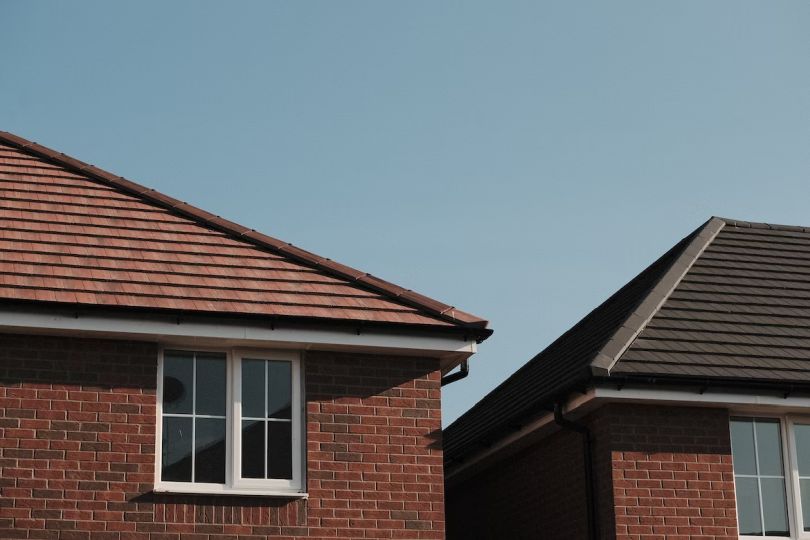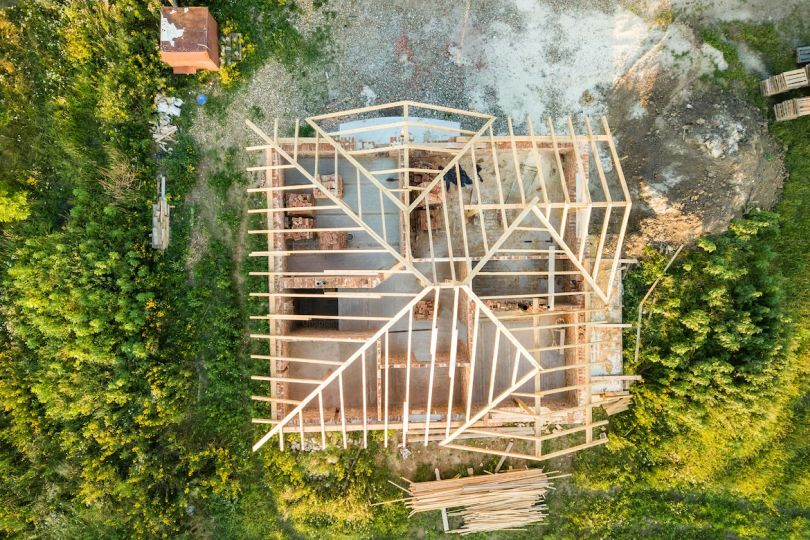How to Maintain Your New Roof: Tips for Long-Term Durability
A new roof is a significant investment in your home’s protection and value. It provides shelter from the elements, enhances curb appeal, and contributes to energy efficiency. However, simply installing a new roof is not enough. To ensure its long-term durability and maximize its lifespan, proper maintenance is crucial. In this blog post, we will explore essential tips and guidelines for maintaining your new roof, helping you safeguard your investment, and enjoy a secure, well-protected home for years to come.

Regular Inspections
Regular roof inspections are vital to identify potential issues early on. Schedule inspections at least twice a year, in the spring and fall, to assess the condition of your roof. Start by visually inspecting your roof from the ground, looking for any obvious signs of damage such as missing or damaged shingles, cracks, or sagging areas. If it is safe to do so, use a sturdy ladder to carefully inspect the roof up close. Look for loose or lifted shingles, damaged flashing, or signs of wear and tear.
By conducting regular inspections, you can catch and address any issues before they escalate, preventing more extensive damage and costly repairs down the line. Be sure to stay informed with the ultimate guide to roofing services for homeowners, if you want to learn more about roof maintenance. There are certain things you can check and keep in line yourself, so don’t hesitate to read more about them.
Keep Gutters Clean
Clogged gutters can lead to water backup and overflow, causing damage to your roof. Regularly clean your gutters and downspouts, especially after storms or heavy foliage shedding. Start by removing leaves and debris by hand or with a small garden trowel. Flush the gutters with a hose to ensure proper water flow, checking for any blockages. This will prevent water from backing up onto the roof and seeping under the shingles, which can lead to leaks and water damage.
Consider installing gutter guards or screens to minimize debris accumulation and make future cleaning easier. Keeping your gutters clean and free-flowing is crucial for maintaining the overall health of your roof.
Trim Overhanging Branches
Overhanging tree branches can scrape and damage your roof, particularly during strong winds or storms. Trim any branches that come into contact with or hang over your roof. This preventive measure will minimize the risk of fallen branches and reduce the likelihood of roof damage.
When trimming branches, exercise caution and use appropriate tools. It is advisable to hire a professional arborist or tree service if the branches are too high or require specialized equipment. By keeping tree branches at a safe distance from your roof, you minimize the chances of impact damage, punctures, and other issues that could compromise the integrity of your roof.
Clear Debris
Leaves, twigs, and other debris can accumulate on your roof over time, especially in areas with overhanging trees or in regions with heavy winds. This debris can trap moisture, leading to the growth of mold or algae and compromising the integrity of your shingles. Regularly clear your roof of debris to prevent these problems.
Use a soft-bristle broom or a leaf blower to gently sweep away loose debris from your roof’s surface. Take care not to apply excessive pressure or damage the shingles while doing so. It’s best to perform this task during calm weather conditions to avoid pushing debris into the gutters or causing unnecessary risks.
Address Moss and Algae Growth
Start by using a roof-friendly cleaning solution specifically designed to combat moss and algae growth. Apply the solution as per the manufacturer’s instructions, allowing it to penetrate the affected areas. Use a soft brush or broom to gently scrub away the moss or algae. Avoid using harsh tools or high-pressure washers, as they can damage the shingles.
Consider installing zinc or copper strips along the ridge of your roof. When it rains, these metal strips release small amounts of metal ions, which help prevent moss and algae growth. Over time, the metal ions are distributed across the roof surface, creating an inhospitable environment for these organisms. This proactive approach can significantly reduce the need for frequent cleaning and help preserve the integrity of your roof.
Professional Maintenance
While you can perform several maintenance tasks on your own, it is essential to seek professional assistance periodically. Engage a reputable roofing contractor to conduct a comprehensive inspection and maintenance of your roof. They have the expertise to identify potential issues that may go unnoticed and provide necessary repairs or recommendations for optimal roof performance.
A professional roofer can perform more detailed inspections, including checking for hidden leaks, assessing the condition of flashing, and inspecting the roof’s overall structural integrity. They can also conduct any necessary repairs, such as replacing damaged shingles, resealing flashing, or addressing underlying issues that may affect the roof’s longevity.
By investing in professional maintenance, you ensure that your roof receives the care it needs from experienced experts, extending its lifespan and minimizing the risk of unexpected problems.

Taking care of your new roof through regular maintenance is a wise investment in its long-term durability. By conducting regular inspections, keeping gutters clean, trimming overhanging branches, clearing debris, addressing moss and algae growth, and seeking professional maintenance, you can ensure that your roof remains in excellent condition. Remember, a well-maintained roof not only protects your home but also increases its value and provides peace of mind for years to come. With these tips in mind, you can enjoy the benefits of a secure, durable, and beautiful roof for many years to come.
